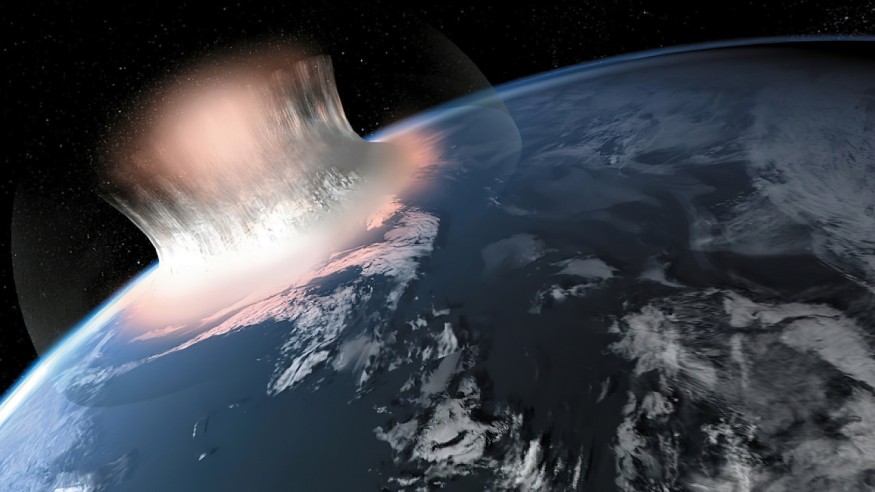Astronomers have released a fresh picture of a "possibly deadly" asteroid the size of Mount Everest that will pass Earth this month.
The Virtual Telescope Project released a snapshot of an asteroid named (7335) 1989 JA in the distance.
According to The Sun, a robotic device named "Elena" caught asteroid (7335) 1989 JA in a single 300-second exposure.
The rocky object was around 57 million kilometers from Earth at the time of imaging, but it was progressively approaching the planet.
On May 27, the asteroid may approach Earth at 2,485,484 miles, or nearly 10.5 times the lunar distance.
Potentially Hazardous Asteroid (7335) 1989 JA close encounter: an image – 11 Apr. 2022 - Courtesy of @masi_gianluca and the @VirtualTelescop Project - https://t.co/q1Jr2Y355p 1.8-km 1989 JA will pass Earth 10.5x the Earth-Moon distance on May 27th. pic.twitter.com/XOEDXppA1v
— Dave Dickinson (@Astroguyz) April 14, 2022
Asteroid 1989 JA Won't Cause Any Harm
Although the asteroid will pass Earth without causing any harm, NASA has classed it as potentially dangerous. The object known as 1989 JA was discovered in 1989 at the Palomar Observatory and may be viewed with binoculars as it approaches the planet's orbit.
Reports said the last time an asteroid got this near to Earth was in 1996 when it flew by at a little over four million kilometers. It will make several returns in the coming years.

About Asteroid 1989 JA
Every 861 days, 1989 JA orbits the Sun. As a result, the asteroid orbits Earth at irregular intervals. According to NASA's Jet Propulsion Laboratory, the closest asteroid encounter occurred in 1949 at a distance of 3.4 million miles.
Mashable said 1989 JA is classified as an Apollo asteroid since it will pass through Earth's orbit and take longer than a year to round the sun (861 years). Although asteroid 1989 JA is not a big cause for concern, it is nonetheless listed as a potentially hazardous asteroid. When asteroids pass within 4.6 million miles of Earth and have a diameter greater than 140 meters, they are considered potentially hazardous (500 ft). It can also be seen with binoculars.
Inverse added that 1989 JA will return in the next years after successfully passing past Earth in May 2022. According to NASA/JPL statistics, the asteroid will pass by significantly closer in 2029 and 2048, at a distance of more than 24 million miles. The asteroid will make two further approaches in 2055 and 2062. A closer approach will be made in 2081, when 1989 JA gets within 7 million miles of Earth, albeit it will not be as near as its present visit.
Classifying Potentially Hazardous Asteroids
On its website, NASA's Center for Near-Earth Object Studies (CNEOS) explains: "Potentially Hazardous Asteroids (PHAs) are currently defined based on parameters that measure the asteroid's potential to make threatening close approaches to the Earth."
Large, fast-moving space objects that approach Earth within 4.65 million miles are deemed "potentially dangerous" by conservative space agencies.
Earth might face calamity if their paths vary even slightly.
NASA would consider an asteroid potentially harmful if it was 460 feet in diameter or greater.
Thousands of near-earth objects (NEOs) are monitored by experts to see if they are on a collision course with Earth.
They're listed in NASA's database of NEO Earth Close Approaches.
Virtual Telescope scientists stressed that asteroid (7335) 1989 JA presents no threat to our Earth.
RELATED ARTICLE: New OSIRIS Mission for Ready for Apophis Asteroid Research; Scientists for Upcoming Project Will Be Mentored by REx Veterans
Check out more news and information on Space in Science Times.










